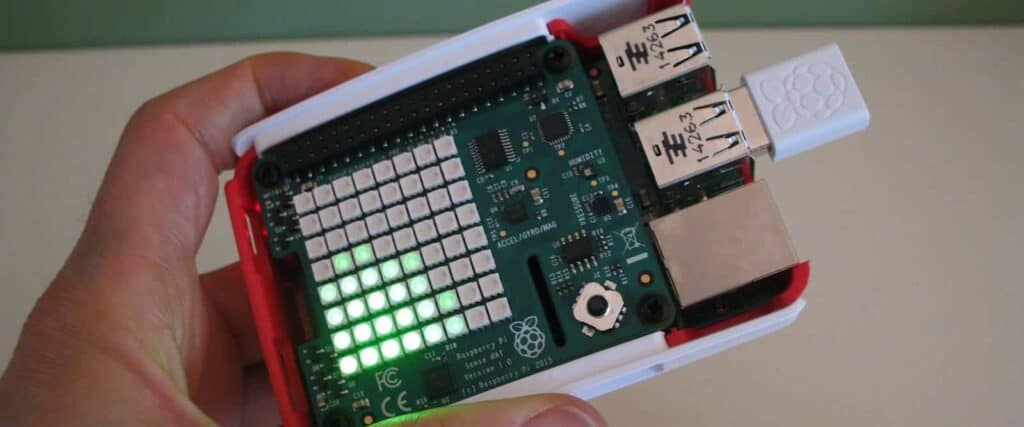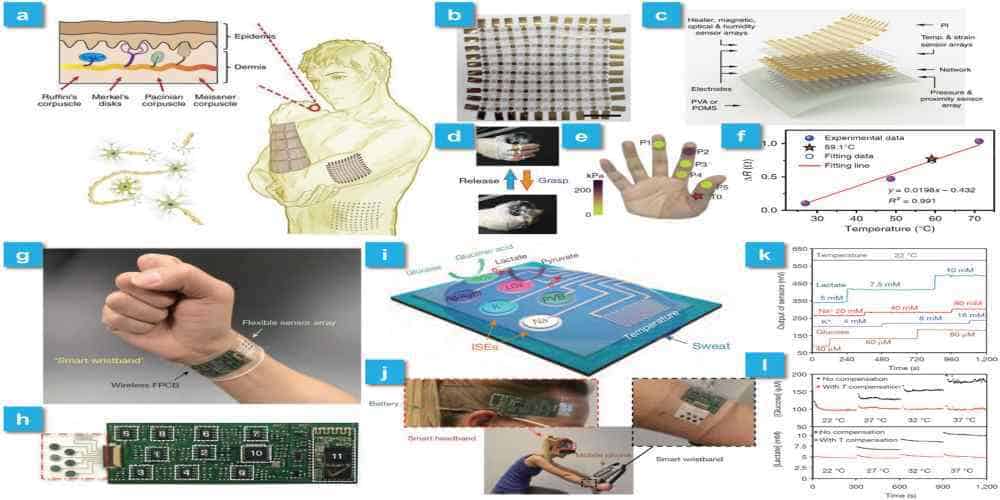IoT devices have become increasingly popular in recent years due to their ability to connect and communicate with other devices and the internet. These devices are designed to make our lives easier by automating tasks, providing real-time data, and improving efficiency. From smart thermostats to wearable fitness trackers, IoT devices have become an integral part of our daily lives.
One of the main advantages of IoT devices is their ability to collect and analyze data. This data can be used to improve decision-making, optimize processes, and provide insights into consumer behavior. For example, a smart home security system can collect data on when doors and windows are opened and closed, allowing homeowners to identify potential security risks and take action to prevent them. Similarly, a wearable fitness tracker can collect data on a user’s activity levels, heart rate, and sleep patterns, providing valuable insights into their overall health and wellness.
However, with the increasing number of IoT devices being used, there are also concerns around privacy and security. As these devices collect and transmit data, there is a risk that this information could be intercepted or accessed by unauthorized parties. As such, it is important for users to be aware of the potential risks and take steps to protect their personal information.

Overview
What are IoT devices?
IoT (Internet of Things) devices are physical objects that are connected to the internet and can communicate with other devices or systems. These devices are designed to collect, transmit, and receive data, allowing them to perform various functions and automate processes. IoT devices are equipped with sensors, processors, and wireless communication technology, which enable them to interact with their environment and other devices.
Examples of IoT devices
There are various types of IoT devices available in the market, each designed for specific purposes. Some of the most common IoT devices include:
-
Smart home devices: These devices are designed to automate and control various aspects of a home, including lighting, temperature, security, and entertainment. Examples of smart home devices include smart thermostats, smart locks, smart cameras, and smart speakers.
-
Wearable devices: These devices are designed to collect and transmit data related to health, fitness, and wellness. Examples of wearable devices include smartwatches, fitness trackers, and health monitors.
-
Industrial IoT devices: These devices are designed to automate and optimize industrial processes, such as manufacturing, logistics, and supply chain management. Examples of industrial IoT devices include sensors, robots, and drones.
Overall, IoT devices offer numerous benefits, including increased efficiency, improved accuracy, and enhanced convenience. However, it is important to ensure that these devices are secure and protected from cyber threats, as they can pose a significant risk if compromised.
Benefits of IoT Devices

Improved Efficiency
IoT devices offer a wide range of benefits when it comes to improving efficiency. They can help automate and optimize processes, reducing the need for manual intervention. This can lead to a reduction in errors and an increase in productivity. For example, IoT sensors can be used to monitor equipment performance and detect issues before they become major problems. This can help prevent downtime and reduce maintenance costs.
Cost Savings
One of the biggest benefits of IoT devices is the potential for cost savings. By automating processes and optimizing resources, IoT devices can help reduce waste and improve efficiency. This can lead to cost savings in areas such as energy consumption, maintenance, and labor costs. For example, IoT sensors can be used to monitor energy usage in buildings and automatically adjust heating and cooling systems to optimize energy consumption.
Enhanced User Experience
IoT devices can also enhance the user experience by providing real-time feedback and personalized interactions. For example, smart home devices can be used to control lighting, temperature, and other settings based on user preferences. Wearable devices can track fitness goals and provide personalized recommendations based on user data. This can lead to increased satisfaction and loyalty among users.
Overall, IoT devices offer a range of benefits when it comes to improving efficiency, reducing costs, and enhancing the user experience. By leveraging the power of connected devices, businesses and individuals can unlock new levels of productivity and innovation.
Challenges of IoT devices
Security risks
IoT devices are vulnerable to security risks due to their interconnectedness and the fact that they collect and transmit sensitive data. Hackers can exploit vulnerabilities in IoT devices to gain unauthorized access to networks, steal data, or launch cyber-attacks. This can result in significant financial losses, reputational damage, and even physical harm to individuals. To mitigate these risks, IoT devices must be designed with robust security protocols, regular software updates, and user education about safe practices.
Privacy concerns
IoT devices collect vast amounts of data about users, including personal information, preferences, and behavior patterns. This data can be used for targeted advertising, market research, or even identity theft. Users may not be aware of the data collected by IoT devices, or may not have control over how it is used. To address these concerns, IoT devices must be designed with privacy in mind, including data encryption, user consent, and transparency about data collection and usage.
Interoperability issues
IoT devices come from a wide variety of manufacturers, each with their own proprietary protocols and standards. This can make it difficult for devices to communicate with each other, leading to inefficiencies and compatibility issues. To address these challenges, industry standards must be developed and adopted to ensure interoperability between devices. This will allow for seamless integration of devices and enable the full potential of IoT technology to be realized.
In summary, IoT devices present significant challenges in terms of security, privacy, and interoperability. Addressing these challenges will require collaboration between industry stakeholders, government regulators, and users to ensure that IoT technology is safe, secure, and beneficial to society.
IoT Device Management
Effective IoT device management is crucial for ensuring the smooth operation of IoT systems. Managing IoT devices involves several tasks, including remote monitoring and control, firmware updates, and data analytics.
Remote Monitoring and Control
Remote monitoring and control enable administrators to manage IoT devices remotely. This feature allows administrators to monitor the status of IoT devices and perform necessary maintenance and updates. Remote monitoring and control also help to reduce downtime and improve the overall performance of IoT systems.
Firmware Updates
Firmware updates are essential for keeping IoT devices up-to-date and secure. Regular firmware updates help to fix bugs, improve performance, and add new features. Administrators can manage firmware updates remotely, making it easy to keep IoT devices up-to-date and secure.
Data Analytics
Data analytics is critical for managing IoT devices effectively. Analyzing data from IoT devices can help administrators identify patterns and trends, optimize performance, and predict potential issues. Data analytics can also help to improve the overall efficiency of IoT systems.
In conclusion, effective IoT device management is crucial for ensuring the smooth operation of IoT systems. Remote monitoring and control, firmware updates, and data analytics are essential components of IoT device management. By implementing these strategies, administrators can ensure the security, performance, and reliability of IoT systems.
Future of IoT Devices

Emerging Technologies
The Internet of Things (IoT) has already made significant strides in the technology industry, but the future of IoT devices is even more exciting. Emerging technologies such as artificial intelligence (AI), machine learning, and blockchain will transform the way we interact with IoT devices.
AI and machine learning will enable IoT devices to learn and adapt to our behavior, making them more intuitive and personalized. These technologies will also enhance the security of IoT devices by detecting and preventing cyber-attacks.
Blockchain, on the other hand, will enable IoT devices to securely exchange data with each other without the need for a central authority. This will increase the efficiency and reliability of IoT devices, making them more valuable in various industries.
Industry Trends
The future of IoT devices will be shaped by industry trends such as edge computing, 5G networks, and the rise of smart cities.
Edge computing will enable IoT devices to process data locally, reducing latency and improving response times. This will be especially important for applications that require real-time data processing, such as autonomous vehicles and industrial automation.
The rollout of 5G networks will also have a significant impact on IoT devices. 5G networks will provide faster and more reliable connectivity, enabling IoT devices to transmit and receive data more efficiently.
Finally, the rise of smart cities will create new opportunities for IoT devices. Smart cities will rely heavily on IoT devices to collect and analyze data to improve services such as transportation, energy, and public safety.
In conclusion, the future of IoT devices is bright, with emerging technologies and industry trends set to transform the way we interact with these devices. As IoT devices become more intelligent, secure, and efficient, they will continue to play a crucial role in various industries, improving our lives and transforming our world.

